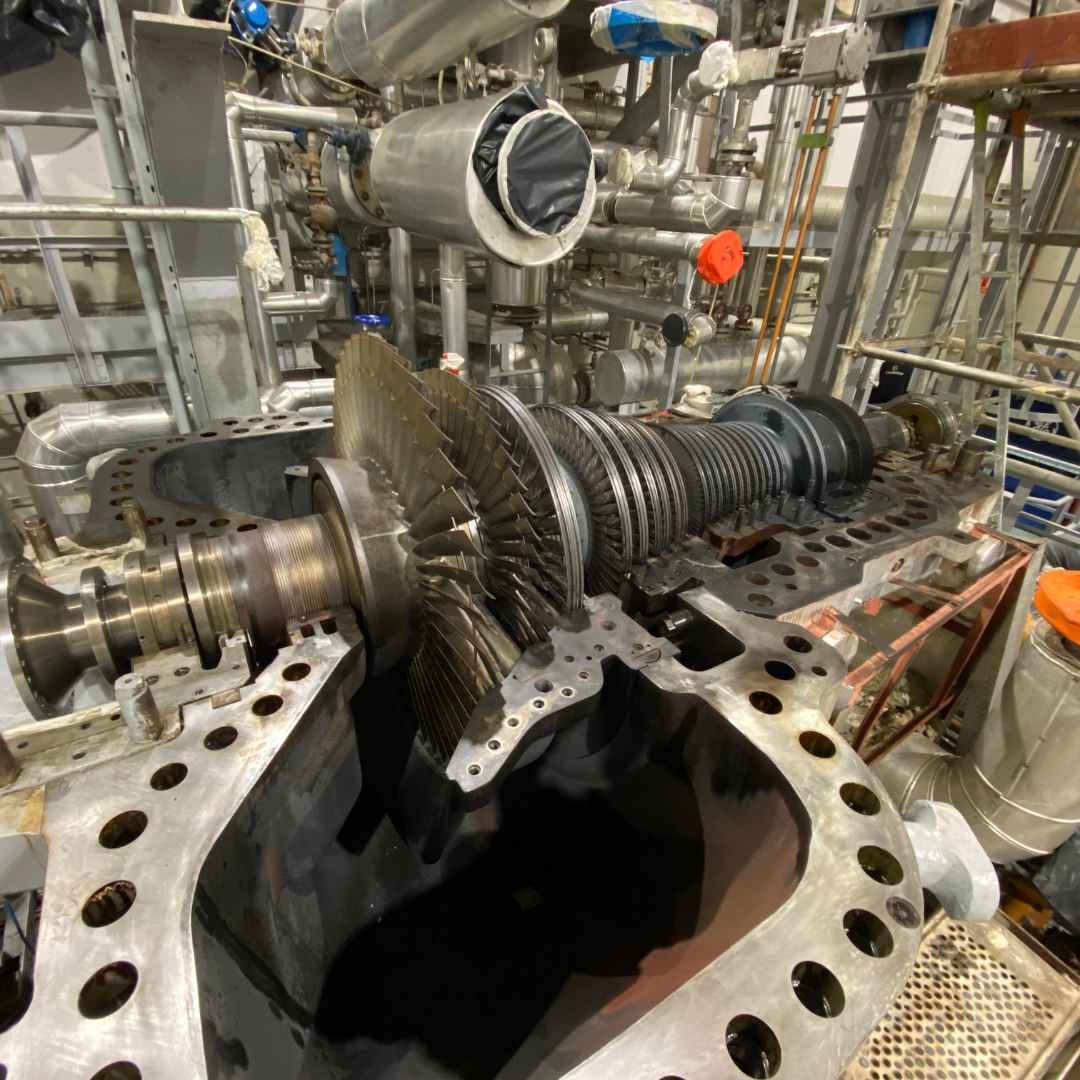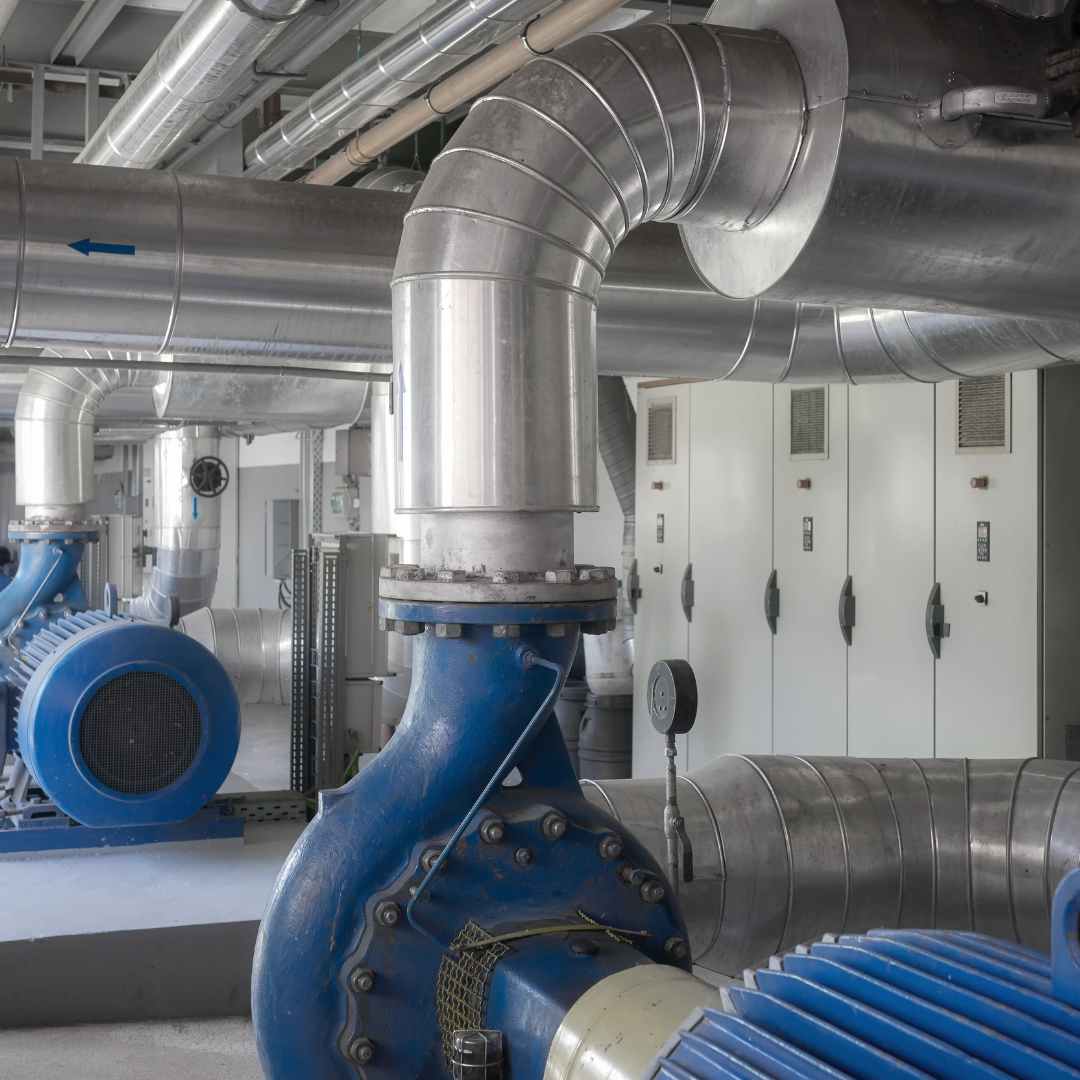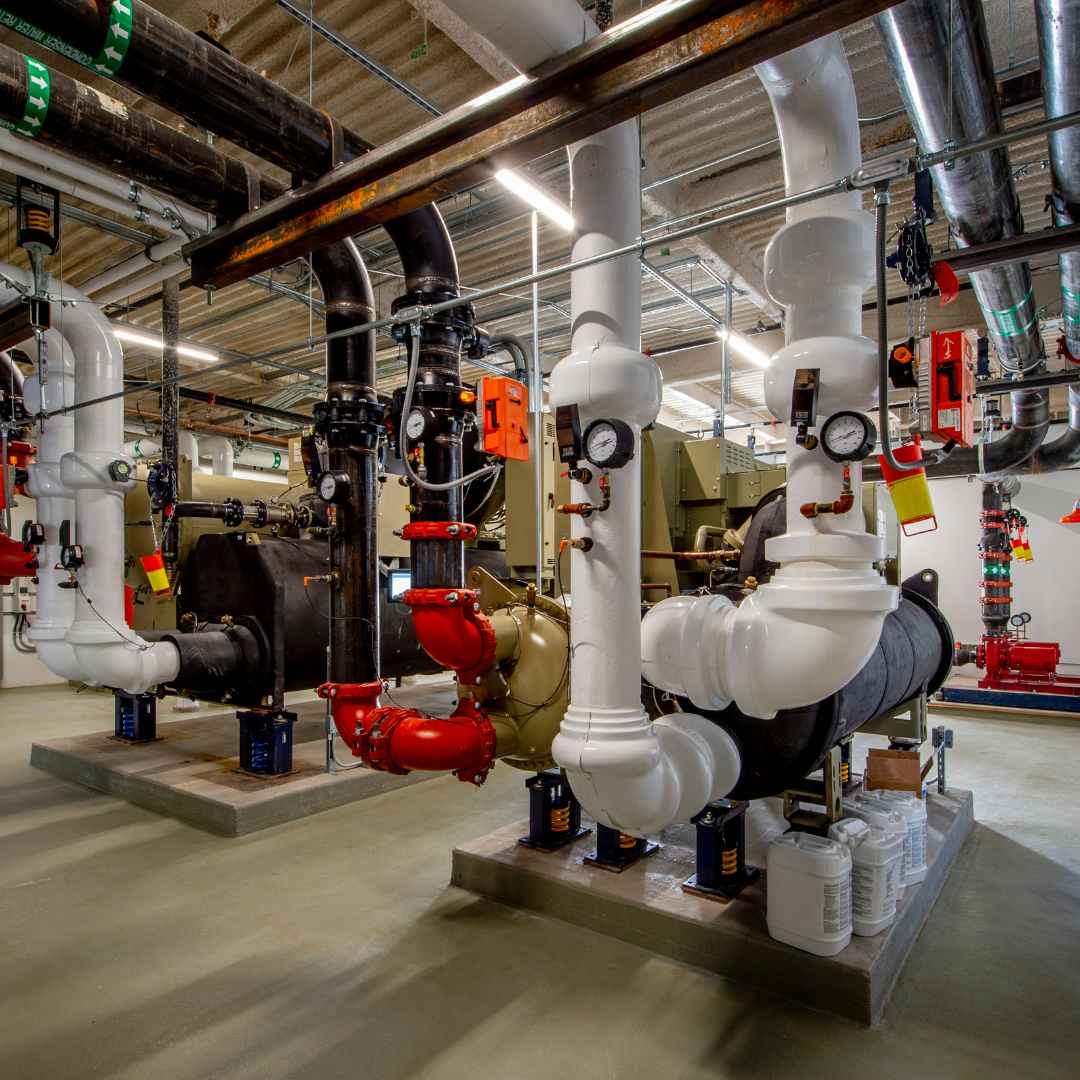Heat Recovery Innovations: Turning Waste Heat from Compressors and Chillers into Usable Energy
04/04/2025

In today's manufacturing landscape, engineers are constantly challenged to improve efficiency, reduce operating costs, and minimize environmental impact. One often-overlooked area brimming with potential is the significant amount of waste heat generated by essential industrial equipment like air compressors and chillers. Instead of simply venting this valuable thermal energy into the atmosphere, innovative heat recovery technologies allow us to capture and repurpose it for a variety of beneficial applications. At Blackhawk Equipment, we understand the practicalities and potential of these systems, and we're here to guide you through the latest advancements that can turn waste heat from a costly byproduct into a valuable asset.
 Understanding the Source: Why Compressors and Chillers Generate So Much Heat
Understanding the Source: Why Compressors and Chillers Generate So Much Heat
Before diving into recovery methods, it's crucial to understand why this heat exists. Industrial processes involving compression and refrigeration are inherently energy-intensive, and a significant portion of the input energy is converted into heat due to thermodynamics and mechanical inefficiencies.
Heat of Compression
Air compressors, particularly rotary screw and centrifugal types, generate substantial heat during the compression process itself. As air is compressed, its temperature rises significantly. Additionally, mechanical friction within the compressor components adds to the heat load. In many lubricated screw compressors, the oil injected for sealing and lubrication absorbs much of this heat. This heated oil must then be cooled, typically via an oil cooler (air-cooled or water-cooled), presenting a prime opportunity for heat recovery. Even oil-free compressors generate significant heat that is typically removed through intercoolers and aftercoolers.
Heat Rejection in Chillers
Chillers operate on the refrigeration cycle, which involves absorbing heat from a process fluid (like water) at the evaporator and rejecting that heat, plus the energy input to the compressor, at the condenser. Whether it's an air-cooled condenser releasing heat directly to the ambient air or a water-cooled condenser transferring heat to a cooling tower loop, this rejected heat represents a significant thermal energy stream that can often be harnessed.
Quantifying the Potential: How Much Energy Can Be Recovered?
The amount of recoverable heat is substantial. For many industrial air compressors, particularly oil-flooded rotary screw types, as much as 80-95% of the electrical energy input can be recovered as useful heat. Similarly, water-cooled chillers reject a large amount of thermal energy through their condenser loop. The exact amount depends on the equipment size, type, operating load, and ambient conditions, but the potential for significant energy savings is undeniable. Ignoring this potential is akin to leaving money – and valuable energy – on the table. Conducting a system assessment, often as part of a broader energy audit, can help quantify the specific heat recovery potential in your facility.
Innovative Heat Recovery Technologies and Applications
The methods for capturing and utilizing waste heat have evolved significantly. Modern heat recovery systems are more efficient, compact, and adaptable than ever before.
Air-to-Water Heat Exchangers (Compressors)
For compressors with air-cooled oil coolers or aftercoolers, specialized heat exchangers can be installed in the hot air discharge duct. These capture heat from the exhaust air and transfer it to a water circuit. This heated water can then be used for various purposes. This is often a simpler retrofit option compared to liquid-based recovery.
Liquid-to-Liquid Heat Exchangers (Compressors & Chillers)
This is a common and highly effective method.
-
Compressor Oil Cooling:
Plate-and-frame or shell-and-tube heat exchangers can be integrated into the compressor's oil cooling circuit. Instead of rejecting heat to the ambient air or a cooling tower, the hot oil transfers its thermal energy to a separate water loop.
-
Chiller Condenser Water:
For water-cooled chillers, heat exchangers can tap into the condenser water loop before it reaches the cooling tower. This captures high-grade heat that would otherwise be lost through evaporation.
Direct Air Use (Compressors)
In some cases, the hot discharge air from air-cooled compressors can be ducted directly for space heating in warehouses or workshops during colder months. This requires careful consideration of air quality (especially if using oil-flooded compressors) and proper ducting design with dampers for seasonal control.
Common Applications for Recovered Heat
Once captured, the recovered thermal energy can offset fuel consumption in various applications:
-
Boiler Feedwater Preheating:
Using recovered heat to preheat water entering a boiler significantly reduces the fuel required to generate steam or hot water. This is one of the most common and effective applications.
-
Process Water Heating:
Many industrial processes require hot water for cleaning, rinsing, or direct use in manufacturing. Recovered heat can provide a substantial portion of this heating requirement.
-
Space Heating:
Heating warehouses, workshops, offices, or providing makeup air heating during winter months.
-
Domestic Hot Water:
Providing hot water for restrooms, showers, and kitchens within the facility.
-
Drying Processes:
Preheating air used in industrial drying applications.
 Key Considerations for Implementation
Key Considerations for Implementation
Successfully implementing a heat recovery system requires careful planning and engineering:
- Matching Supply and Demand: The amount of recoverable heat (supply) must align with the facility's thermal energy needs (demand) in terms of both quantity and timing. A mismatch can significantly reduce the system's effectiveness and ROI. Assess your thermal loads carefully.
- emperature Requirements: The temperature of the recovered heat must be suitable for the intended application. Heat recovered from compressor oil is often hotter (higher grade) than heat from air-cooled systems or chiller condensers.
- System Integration and Controls: Proper integration with existing systems and sophisticated controls are essential for maximizing efficiency and ensuring reliable operation. This includes pumps, valves, sensors, and potentially thermal storage.
- Installation Costs vs. Savings: Conduct a thorough economic analysis, considering equipment costs, installation labor, potential downtime during installation, and projected energy savings to calculate the payback period and ROI. Factor in potential rebates or incentives.
- Maintenance: Like any system, heat recovery components require periodic inspection and maintenance.
Blackhawk Equipment: Your Partner in Heat Recovery Solutions
[Navigating the options and implementing an effective heat recovery system requires expertise. At Blackhawk Equipment, we have extensive experience in assessing heat recovery potential and designing tailored solutions for compressors and chillers. Our team can help you:
- Conduct feasibility studies and quantify potential savings.
- Select the appropriate heat exchanger technology and size.
- Design the integration with your existing systems.
- Oversee installation and commissioning.
- Provide ongoing support and maintenance.
Conclusion: Stop Venting Profits, Start Recovering Energy
Waste heat recovery from air compressors and chillers is no longer a niche concept but a practical, cost-effective strategy for improving energy efficiency and sustainability. The technology is mature, the potential savings are significant, and the environmental benefits are clear. By evaluating your facility's potential and partnering with experts like Blackhawk Equipment, you can implement innovative heat recovery solutions that turn wasted thermal energy into a valuable resource, directly benefiting your bottom line and contributing to a greener future. Don't let that heat – and those potential savings – escape. Let's explore how heat recovery can work for you.
The oil and gas industry operates in some of the most challenging environments on earth, demanding equipment that can withstand extreme conditions and deliver unwavering reliability. In this sector, compressed air plays a vital role in various critical operations, from well testing and pipeline maintenance to instrumentation and process control. Choosing the right industrial air compressor is not just a matter of efficiency; it's a matter of safety, operational continuity, and ultimately, profitability. This post explores the key considerations for selecting air compressors in the oil and gas industry, emphasizing the unique demands of this sector and the importance of choosing robust, fit-for-purpose equipment.
